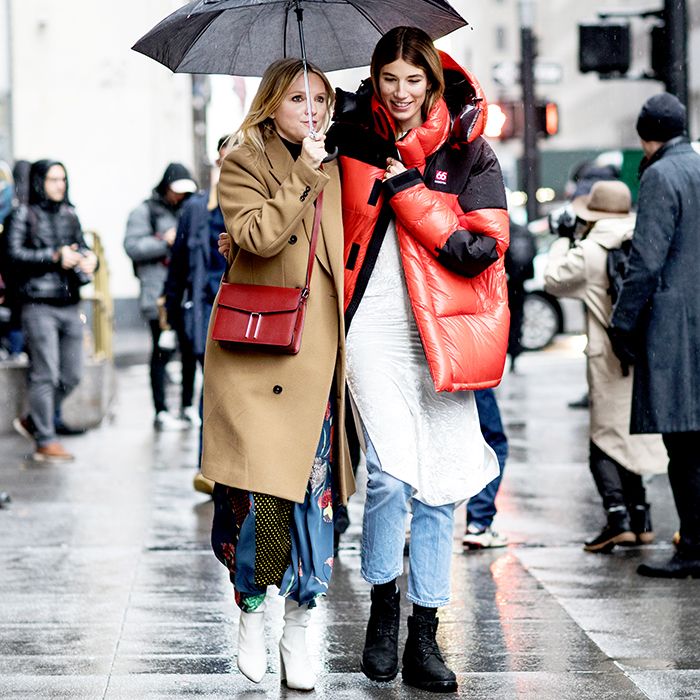Discover the most effective Choice of Genuine Eastern Wear
As you discover the myriad designs and layouts, each item holds a tale waiting to be unwinded, welcoming you to accept the creativity and sophistication that Eastern style encapsulates. Prepare to be mesmerized by the allure of Eastern wear and immerse yourself in a world where every garment is a testament to centuries-old traditions and charming craftsmanship.
Background of Eastern Fashion

Today, Eastern style continues to captivate the global market, with designers drawing inspiration from standard outfit to create modern analyses that appeal to a vast target market. The abundant tapestry of Eastern style history serves as a testimony to the creativity and craftsmanship of the artisans that have contributed to its development.
Sorts Of Eastern Clothes
Exploring the varied selection of standard garments found in Eastern societies introduces an interesting tapestry of styles and styles that show cultural identifications and one-of-a-kind backgrounds (eastern wear pakistan). From the detailed embroidery of Indian sarees to the moving silhouettes of Japanese bathrobes, Eastern clothing incorporates a variety of styles. In South Asia, the classy and dynamic salwar kameez is a prominent option for ladies, while guys frequently go with the traditional kurta pajama. Relocating in the direction of the Center East, the moving abayas and intricate kaftans are associated with traditional Arabian fashion. In East Asia, the smooth lines of Chinese cheongsams and the vibrant colors of Oriental hanboks showcase the rich sartorial heritage of these areas. Additionally, Southeast Asia flaunts the complex batik prints of Indonesia and the sarongs of Malaysia. Whether it's the luxurious textiles of Persian apparel or the minimalist style of Vietnamese ao dai, Eastern outfit provides a fascinating look into the diverse societies and practices of the East.
Craftsmanship and Materials
A comprehensive exam of Eastern clothes reveals the precise workmanship and charming materials that underpin these conventional garments. Eastern wear is renowned for its detailed embroidery, fragile handwork, and focus to information that display the ability and creativity of the artisans. From the vivid sarees of India to the moving bathrobes of the Center East, each garment is a masterpiece of accuracy and devotion.
Workmanship in Eastern outfit frequently involves classic methods gave with generations. Craftsmens spend hours, occasionally days, meticulously developing intricate patterns and designs that embellish the fabric. Whether it's the zardozi work on a Pakistani shalwar kameez or the kantha sewing on a Bangladeshi saree, the level of workmanship is unmatched.
Furthermore, the products used in Eastern wear are very carefully selected to make sure both high quality and credibility. eastern wear pakistan. Fabrics like silk, cotton, chiffon, and velvet are frequently used, each picked for its unique properties that boost the final the original source garment. Embellishments such as grains, bangles, and mirrors include a touch of prestige and luxury to these conventional ensembles, making them genuinely stick out on the planet of fashion
Popular Eastern Put On Fads
Current years have experienced a resurgence in the appeal of typical Eastern wear, with view a notable focus on combination styles and contemporary adjustments. One prominent pattern in Eastern wear is the consolidation of modern elements right into standard clothing, developing a special blend of cultural heritage and modern style. Designers are reimagining timeless shapes, such as the saree and salwar kameez, by infusing them with western cuts, cutting-edge draping methods, and unique decorations.

Additionally, minimalist appearances and monochromatic shade combinations have acquired traction in Eastern wear, using an innovative and underrated look. This change towards simpleness shows a modern take on conventional designs, appealing to those looking for an extra refined and sophisticated fashion declaration.
Tips for Styling Eastern Clothes
Including modern-day aspects and standard workmanship into Eastern wear opens up a myriad of styling opportunities for style fanatics looking to create special and culturally rich clothing. When styling Eastern outfits, it's crucial to find a balance in between traditional components and contemporary fads.
Accessories play a critical duty in elevating an Eastern clothing. Think about including declaration jewelry like jhumkas or a maang tikka to boost the overall look. For males, a timeless pocket square or an elegant bandana can add a touch of sophistication to the set. Pay focus to footwear options, selecting conventional mojaris or juttis for a total Eastern-inspired attire.
Last but not least, confidence is key when styling Eastern put on. Accept the cultural heritage and craftsmanship behind each item, and wear it with pride to absolutely embody the essence of Eastern style.
Verdict
In final thought, Eastern fashion supplies a special mix of tradition and modernity, showcasing the rich cultural heritage and craftsmanship of the East. With a diverse array of styles and products, Eastern clothes astounds fashion fanatics worldwide. By exploring the history, types, workmanship, and patterns of Eastern wear, individuals can accept the charm and narration facets of this social attire in their closet.
The history of Eastern style traces back centuries, mirroring varied cultural influences and standard craftsmanship. Today, Eastern style continues to mesmerize the global market, with developers attracting ideas from standard attire to produce modern-day analyses that appeal to a wide target market. One prominent pattern in Eastern wear is the consolidation of modern components into traditional attires, developing a distinct mix of cultural heritage and modern style.Incorporating modern-day elements and standard workmanship into Eastern wear opens up a myriad of styling possibilities for style enthusiasts looking to develop culturally rich and check that special clothing. eastern wear pakistan.In final thought, Eastern fashion offers a distinct mix of tradition and modernity, showcasing the abundant cultural heritage and craftsmanship of the East